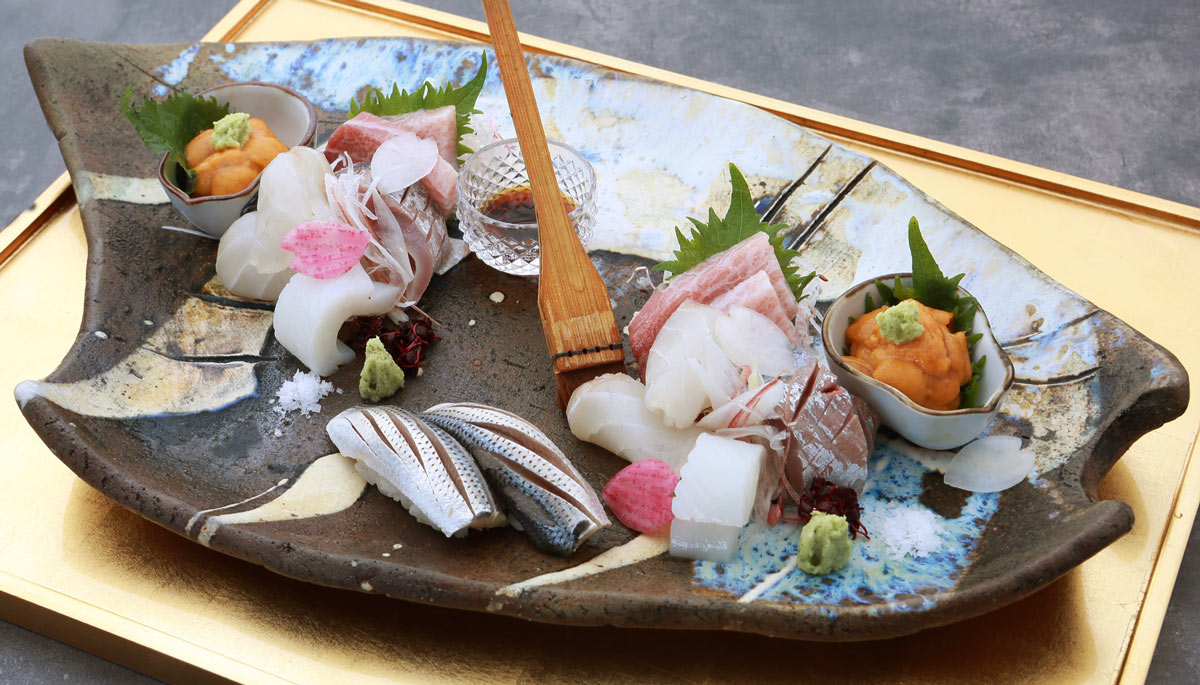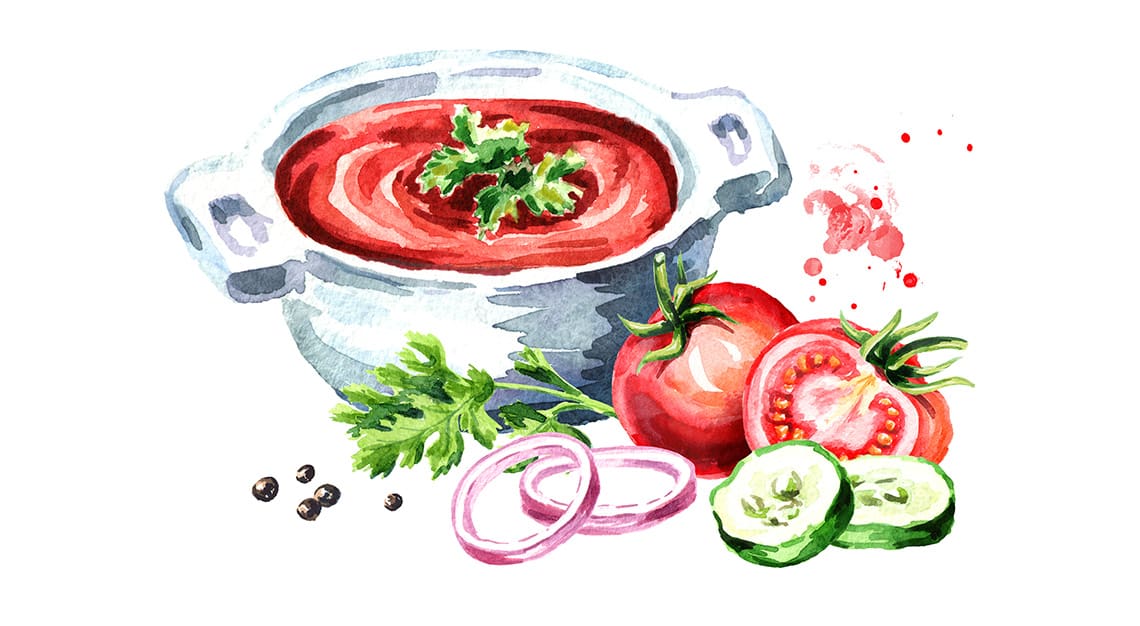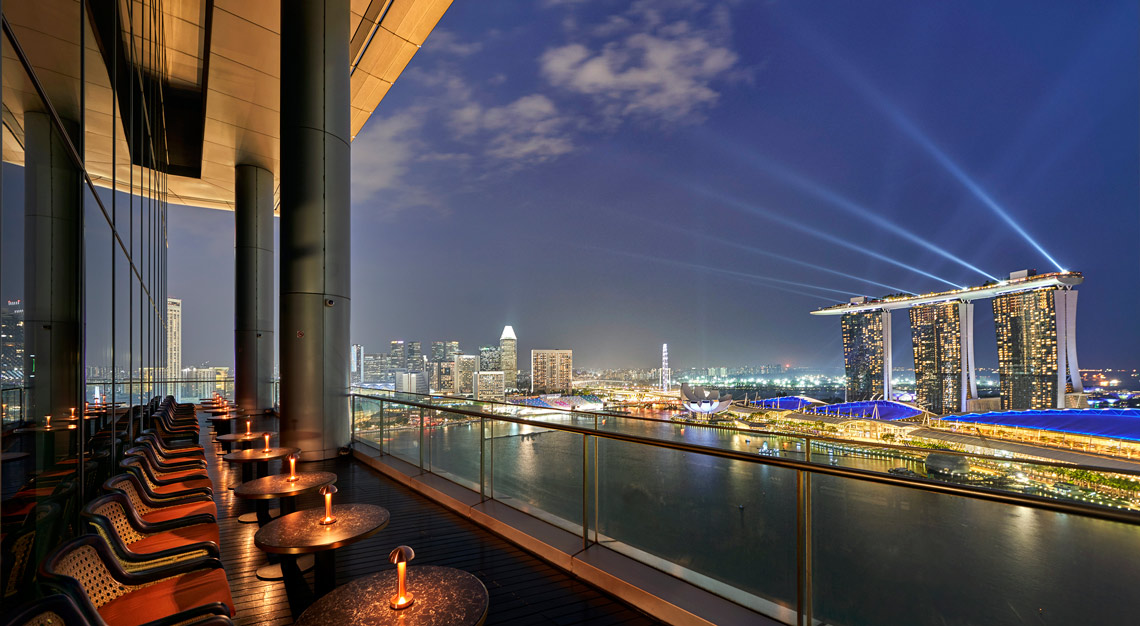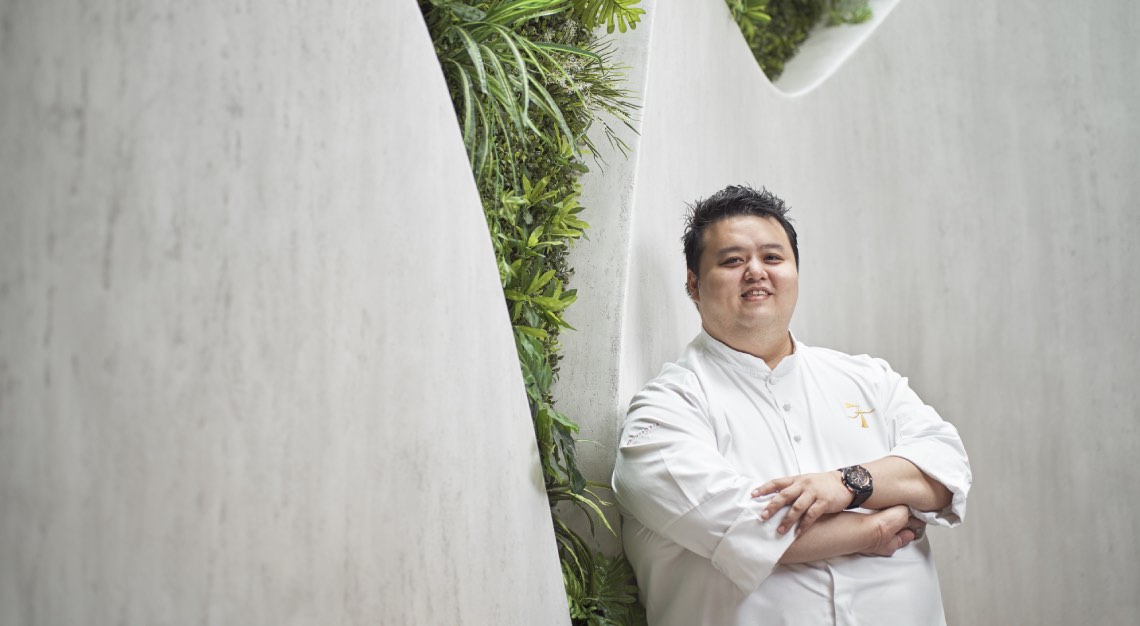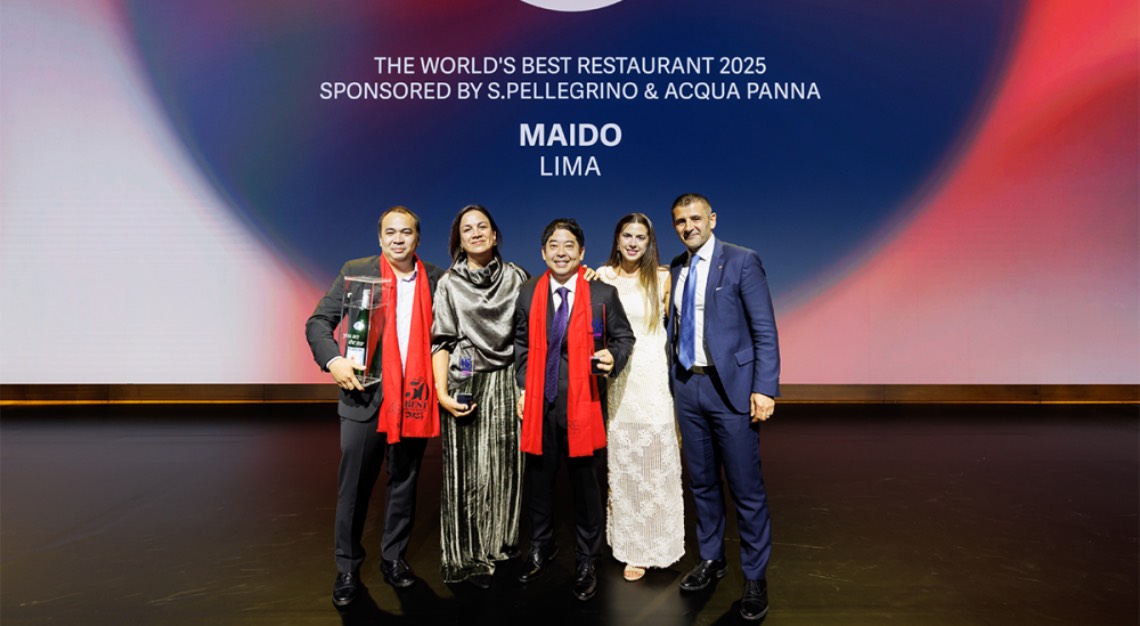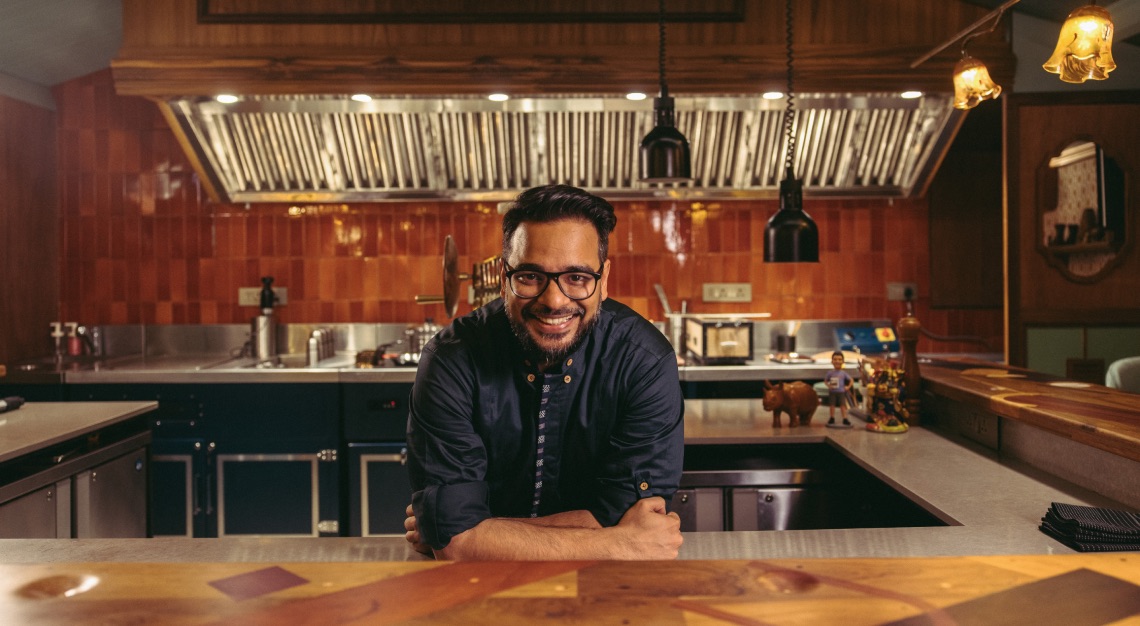Dining in ‘Japan’
Long considered a haven for Japanese dining, Cuppage Plaza is set to pad that reputation still further. I’m there for Kappo Shunsui, a fine dining omakase restaurant that has been open for around three months. Unlike its neighbours with prominent signs and large windows, Kappo Shunsui is happy to remain hidden from onlookers, with its lone brass door and a biometric scanner.

I ring the bell, and the door slides open. Passing through the short hallway, I’m greeted by Tomo Watanabe, a Tokyo-born chef who closed his Japanese Bib Gourmand restaurant, Shunsui in Tokyo, to set up shop in Singapore.
It is here that Watanabe is proud to showcase his achievements. Book covers of Michelin Guides line the wall and the bathroom even has an inconspicuous Michelin snow globe on display.

The space is small – just 11 counter seats and two tables in the back that seat a further eight. I’m excited for tonight’s menu. Kappo cuisine focuses on preparing a meal using five cooking techniques, namely steaming, simmering, frying, grilling and raw preparation. And to ensure he produces a quality similar to how it was in Japan, everything from onions and salt to eggs and leek is sourced from the land of the rising sun.
I’m told that Watanabe makes twice-weekly calls to Tsukiji market to source the freshest produce before shipping them to Singapore that same day. It’s Tuesday, which means I’m about to savour a batch of fresh ingredients that have just arrived this morning (the other day that Kappo Shunsui receives fresh produce is Friday).

Watanabe gets to work and you quickly understand how he accumulated his numerous Bib Gourmand awards. Zuwai Crab and Uni with Tosazu jelly kicks off the night, its vinegared jelly and pickled onions cut the rich layers of uni and snow crab with roe. The sashimi of tuna belly, spot shrimp, and big leaf squid, along with marinated red tuna doesn’t fare too badly either, given that they’re as fresh as they can be.
The Uni Chawanmushi is yet another winner of the night. Unlike other steamed egg custards, this one is of a darker yellow hue, and sports a firmer texture. I’m having it with uni and truffle caviar, and while both add dimension and character to the dish, I’d be more than happy to have it plain, and dare I say, cold. This is no doubt one of Watanabe’s simple but standout creations, and is one to request for on return visits.

For the most part, Watanabe keeps to himself while preparing and plating our dishes, while his team of three — all from his former Japanese restaurant — support him. Theatrics are not part of the experience here, though at one point, he proudly retrieves a 25kg grouper and promptly carves it for Kozuku, a small pot dish filled with lettuce, leek and spring onions.
I’m kept on my toes for the rest of the night. The slightly salty Nashi Surinagashi, a palate cleanser of pureed pear and yuzu skin is addictive and at that moment, I’m tempted to ask for seconds. The beautifully marbled A4 Omi Gyu Sirloin Roast Beef hits all the right notes too. My taste buds dance as the beef melds just so with the juicy grilled turnip and creamy onion puree.

As many hits as there were, there were slight misses too. The Madai Donabe Gohan, a red snapper claypot rice dish is said to be one of Watanabe’s signatures. I find the fish a little too tough for my liking, and then there’s a lack of wok fragrance.
It also probably didn’t occur to Watanabe to plate the sashimi differently for left-handers. The prawn sashimi — with its head intact — faced west, and I had to flip the prawn horizontally before delicately using a pair of chopsticks to detach the body from the head. The right-handers of course, did it with ease. Angling sashimi and sushi to the guest’s master hand is a small and mostly unnoticeable gesture, but as a chef once told me, this simple act can elevate a dining experience, even without the guest realising it. Tonight was where I discovered how true it was.
Another niggle was how I had to repeatedly ask for tea refills, and with just seven of us dining that night, I wonder how they’ll cope at full capacity.

The food more than makes up for the patchy service though. When it’s time for dessert, I’m asked if I’d like the Azuki Monaka and Warabi Mochi, or the ‘adults’ choice, cheese served with figs and raisins, accompanied by a Japanese sweet barrel-aged wine that has been fermented using sake. I opt for the former, enjoying the delicate, watery texture of the mochi made using brown sugar.
Needless to say, the meal satisfies, and surprisingly, leaves no room for more. That’s considering one is accustomed to the fact that fine-dining isn’t meant to fill you. A 10-course menu at Kappo Shunsui starts at S$299, with an eight-course option (S$199) is also available for those with smaller appetites. For late diners, and on days where the omakase ingredients have run out, you may make your selections from the ala carte menu.
I pass the biometric scanner as I call it a night, and at that moment, I’m glad I registered my thumbprint in the system, for I’ll be paying another visit to Watanabe and his team soon.
